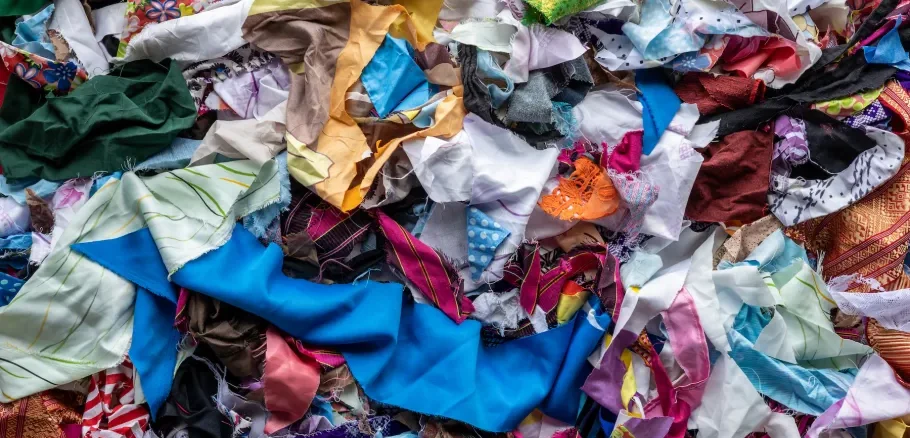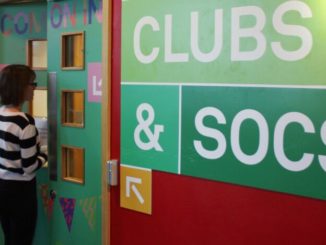
The textile industry is one of the most polluting industries in the world, releasing 10% of greenhouse gas emissions. In Ireland, we have fallen out of love with the clothes we buy; somehow, we have started viewing clothing as disposable and not worth repairing. Irish citizens purchase approximately 56 kilograms of textiles each year, more than double the European average of 26 kilograms. It’s not a competition we should be winning. This overconsumption leads to a staggering amount of waste and a pressing need for change.
I spoke with Jacqueline Healy, the Assistant Principal Officer of the Circular Economy Materials Management Division of the Department of Environment, Climate and Communication. She explained how the Irish government plans to address our patterns of overconsumption and waste.
Jacqueline and her team have established the National Textile Advisory Group. In July 2024, they released their recommendations to the Minister of State responsible for the circular economy. This initiative aims to implement recommendations from the EU and encourage Irish fashion creators and the textile industry in Ireland to adopt more sustainable practices and focus on a circular business model. Currently, the textile industry operates on a linear “take-make-waste” model, which has had negative effects on the environment, making a circular approach essential. This begins with designing products with circularity in mind. A new regulation announced this year by the European Commission, called the Eco-Design for Sustainable Products Regulation, is set to assist Ireland and other European states in supporting the textile industry to change their business model towards circularity.
Most people have no idea the impact their decisions around clothes have on the environment. Jacqueline revealed, “There needs to be more awareness among the average person regarding the impact that textiles, their purchase, or their disposal have on our environment and climate change,” adding, “It was very telling that the EPA survey last year found it focused on the behavioural attitudes of Irish citizens towards textiles. Only 31% recognised the link between buying clothes and climate change.” Media campaigns have been created to educate the public. In October, Jacqueline and her team launched the awareness campaign “Reverse the
Trend,” which aimed to discourage overconsumption among the public. It is estimated that 400 square metres of land and 391 kilograms of raw materials are used on average each year to create enough clothing and shoes for every EU citizen.
There are still 164,000 tonnes of post-consumer textile waste in Ireland each year, with 65 per cent of that not collected. Some go to charity shops, and some are exported. An alarming 40% of discarded clothing items have never even been worn. Another 10% ends up in the household waste bin. On average, Fast fashion items like going-out tops are worn an average of just 1.7 times before being thrown away. Efforts are being made to encourage people to take out old textiles, bring them to banks, and appropriately dispose of them. Inevitably, many textiles will still end up incinerated or in landfills.
Incentives such as financial penalties, for stakeholders are being planned to encourage responsible choices regarding the textiles used in clothing production. According to the European Parliament, it takes 2,700 litres of fresh water to produce a single cotton t-shirt. That is approximately the amount of water a person would drink in two and a half years. Twenty per cent of the world’s clean water is polluted due to dyeing and finishing products used in the textile industry. The environmental impact of textiles is not limited to water use. The use of synthetics, such as polyester, contributes to pollution; every time one washes that t-shirt, one could be releasing 700,000 microplastic fibres into the water system, further damaging ecosystems.
The environmental challenges posed by the textile industry are immense, thankfully, Ireland is taking much-needed steps toward a more sustainable future. From government initiatives like the National Textile Advisory Group to public awareness campaigns like ‘Reverse the Trend,’ every effort counts. By rethinking our consumption habits and supporting sustainable practices, we can reduce waste and protect the environment.



